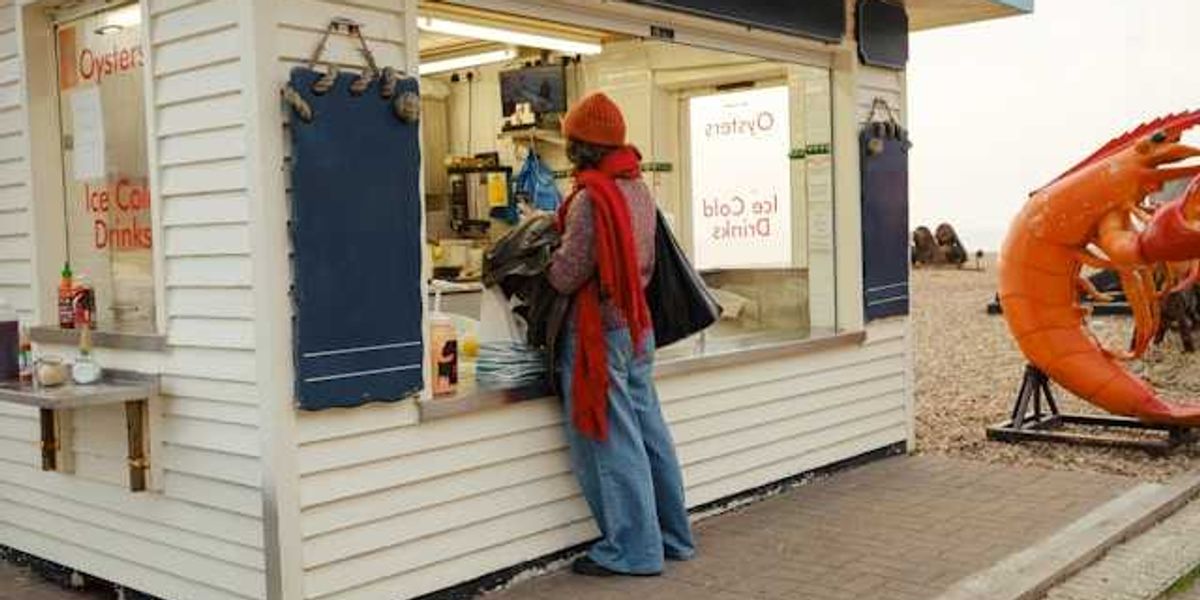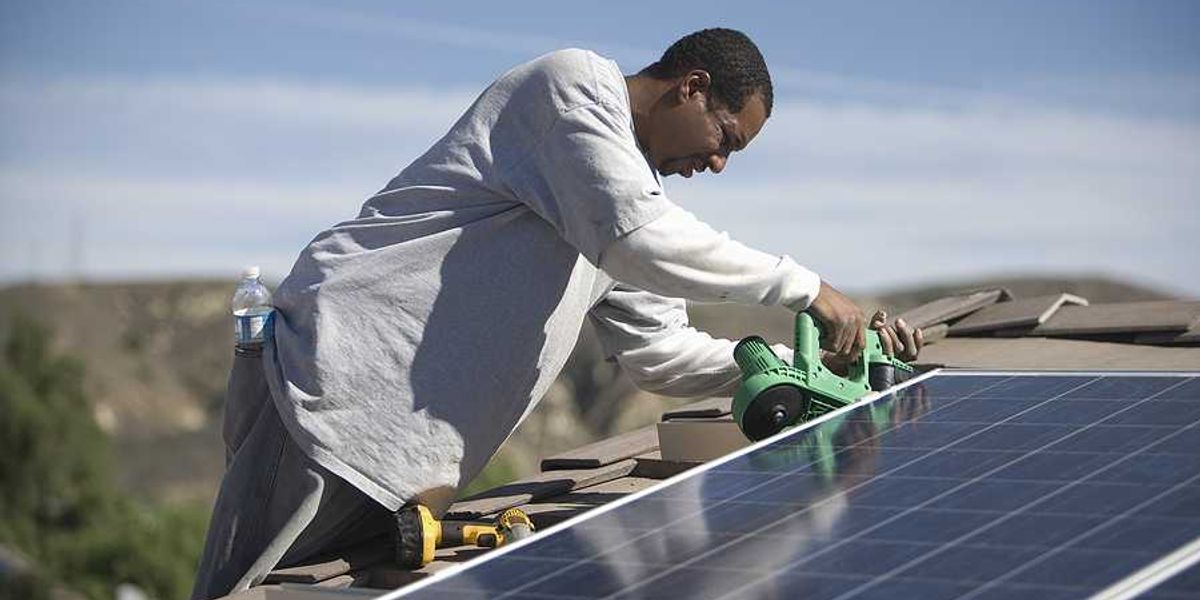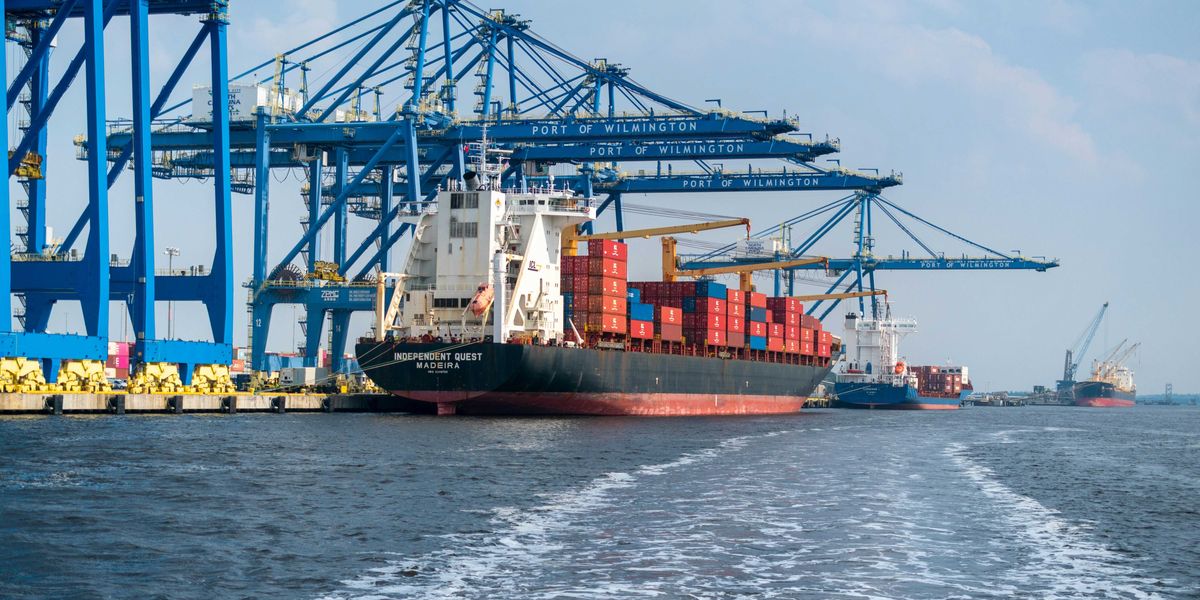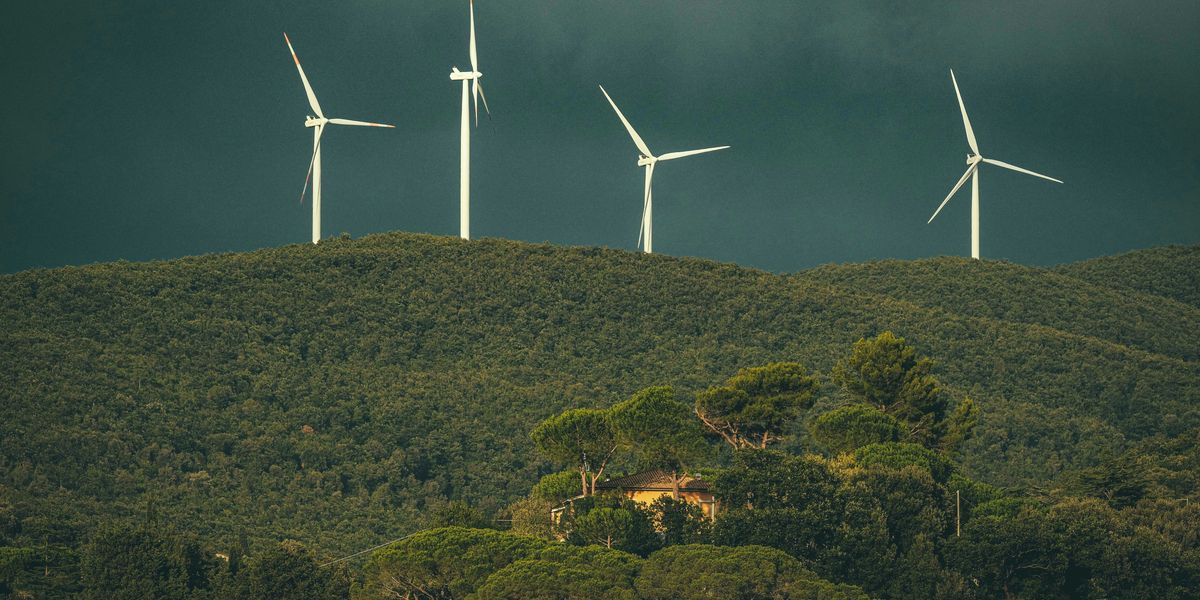Local flooding in coastal towns far worse than government data suggests, study finds
Even without storms, coastal communities in North Carolina are experiencing far more flooding than federal tide gauges report, revealing major gaps in how the government tracks flood risk.
Brady Dennis reports for The Washington Post.
In short:
- Researchers tracked flooding using sensors and cameras in three North Carolina towns and found significantly more flood days than federal tide data indicated, with Sea Level logging 128 flood days in a single year.
- Many floods occurred on sunny days due to factors like groundwater and outdated drainage systems, highlighting how government tools underestimate real-world flood conditions.
- The study’s authors argue that local measurements of land-based flooding should supplement tide gauge data to better prepare infrastructure for rising seas.
Key quote:
“If you don’t know where it’s flooding and why it’s flooding, you might create expensive designs for infrastructure that are counterproductive.”
— Katherine Anarde, a lead author of the study and assistant professor of coastal engineering at North Carolina State University
Why this matters:
Across the southeastern United States, rising sea levels are making high-tide floods more common, even in the absence of storms. What used to be occasional nuisance flooding now occurs regularly, overwhelming streets, sewers, and homes. Federal tide gauges — the primary tools used to guide infrastructure and insurance policy — are increasingly inadequate. They don't capture inland water sources like rain runoff or high groundwater that push water onto roads and into neighborhoods. Many coastal towns were built for a world with lower seas and different weather patterns, and their aging infrastructure isn’t keeping up. The result is not just damage but growing financial and health insecurity, as residents face lost time, property risk, and insurance premiums they can’t afford.
Read more: Local officials softened warnings as a historic storm buried a North Carolina mountain town













